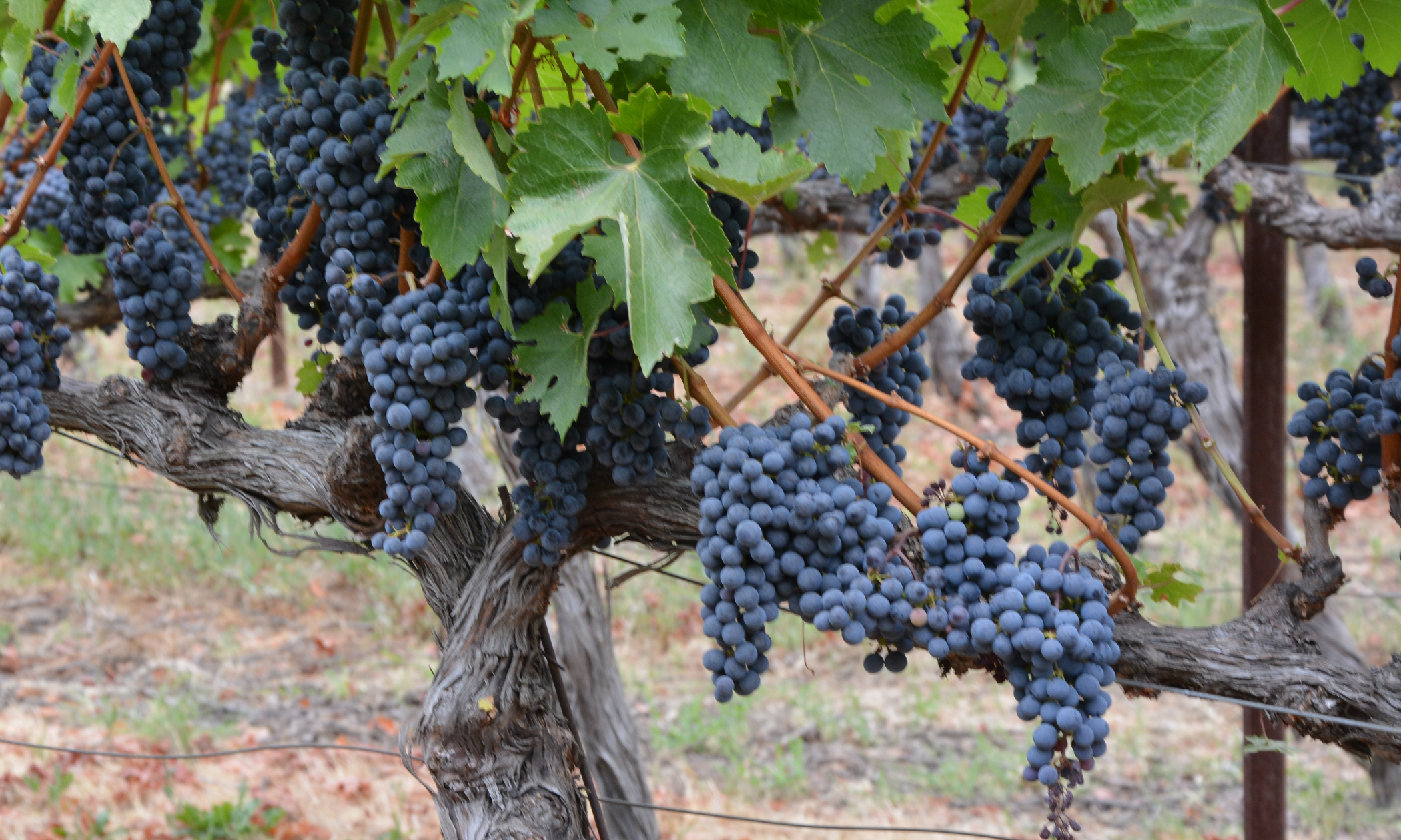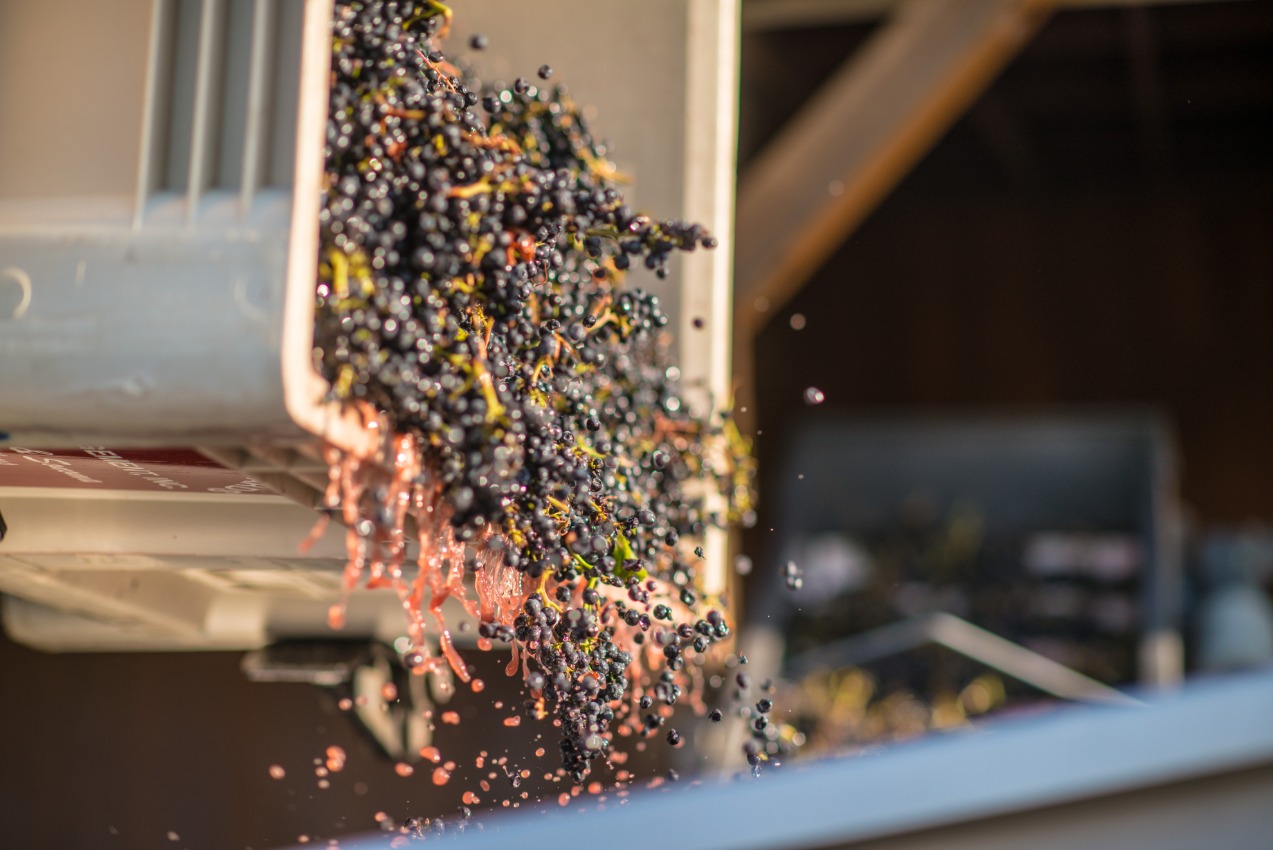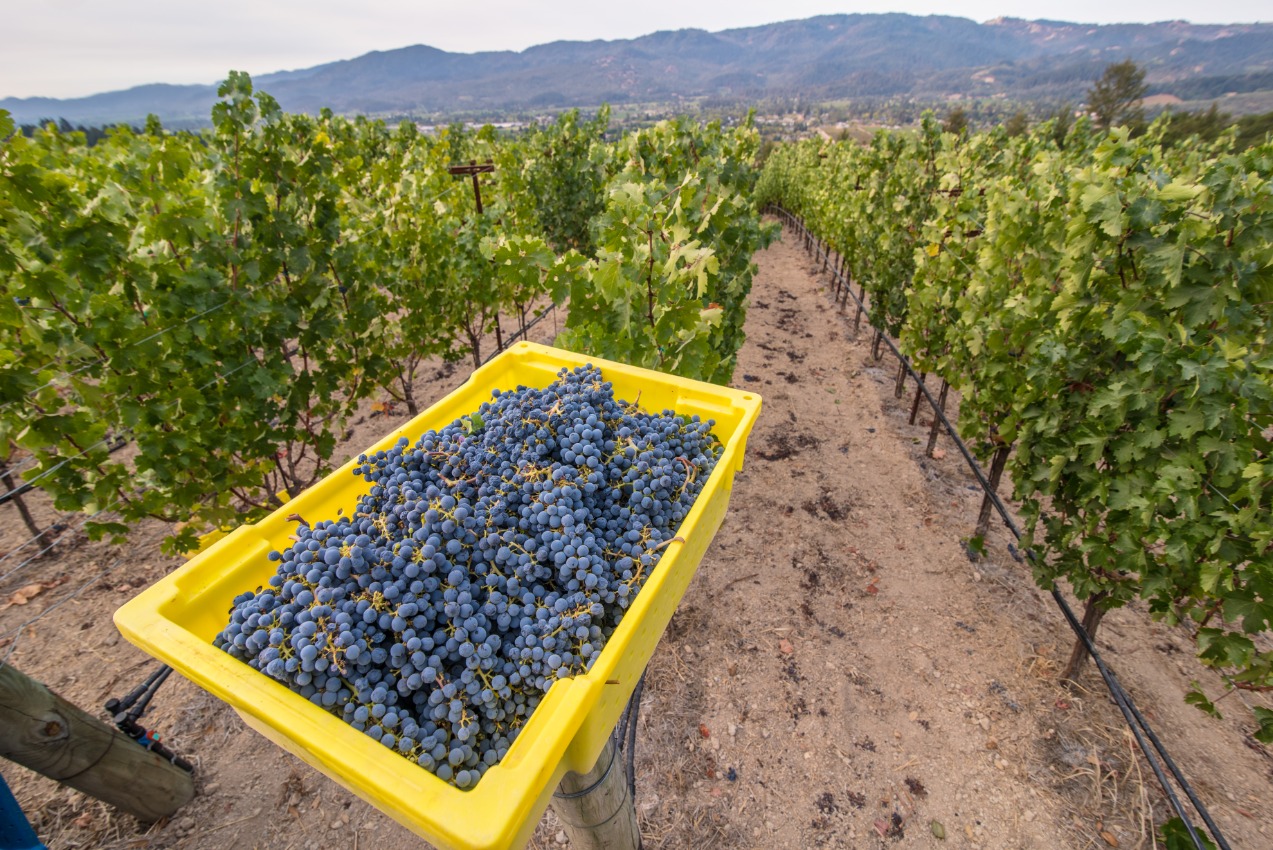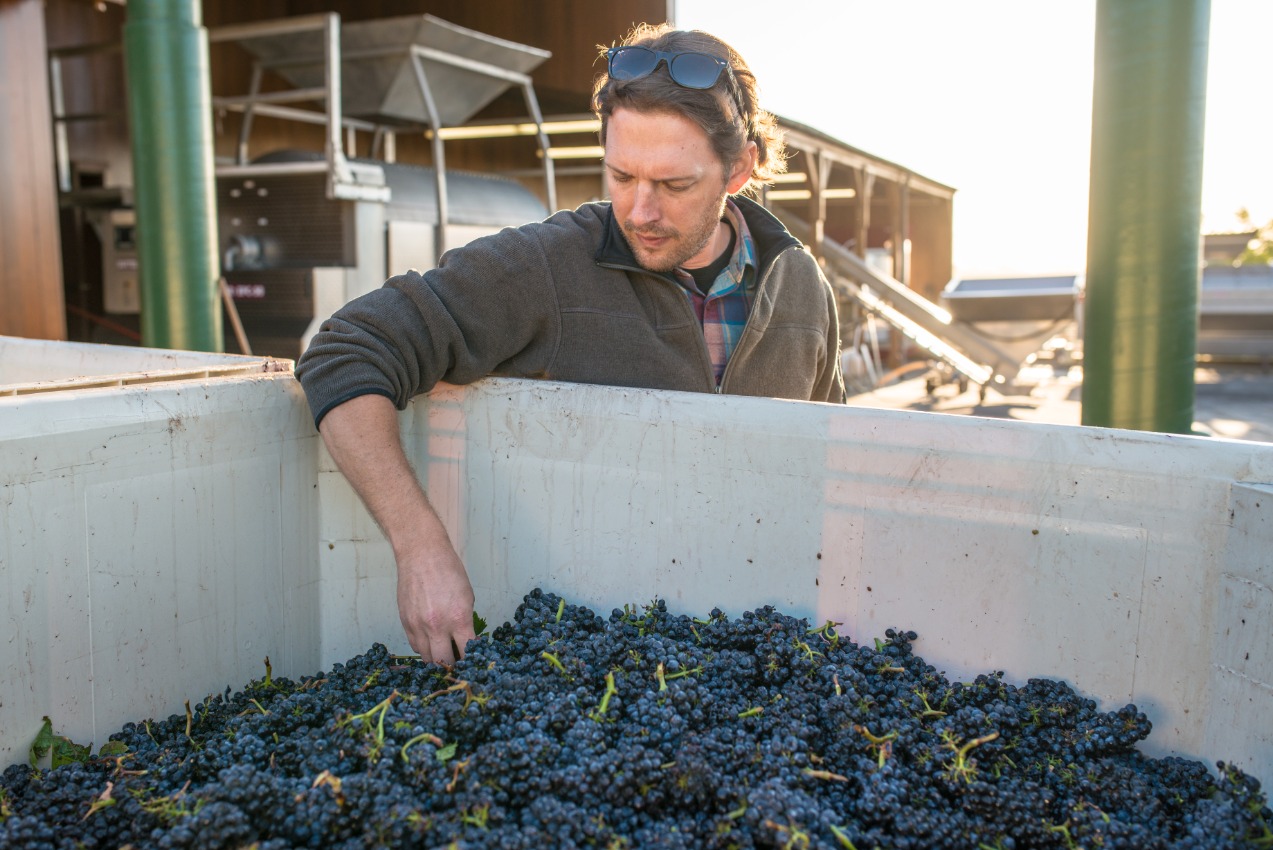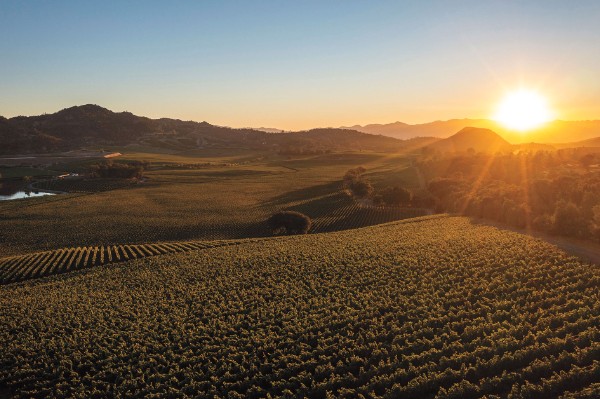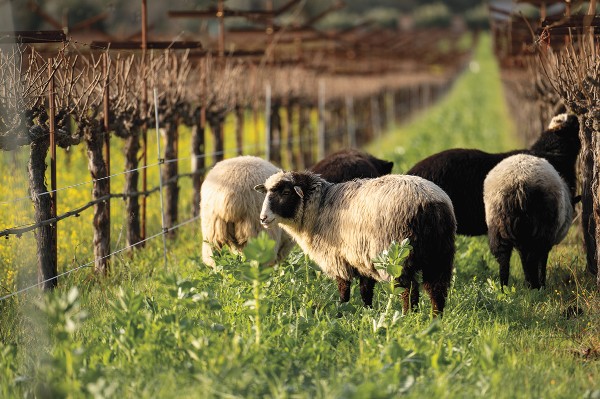According to Oggenfuss, genetic testing at the University of California, Davis in the 1990s determined that the grape is the result of a spontaneous cross between two varieties commonly found in Bordeaux: Cabernet Franc and Sauvignon Blanc.
Cabernet Sauvignon has a rich history and Napa Valley is one of the most exciting places for this grape to grow.
R. Christian Oggenfuss
Like many European immigrants of the time, the grape headed west across the Atlantic in the 1800s, likely brought to Northern California by Hungarian-turned-American Agoston Haraszthy, considered the father of California viticulture.
With no real understanding of the land like we have today, grape varieties were subject to trial and error. The diversity of soil types and climate zones in the Napa Valley forced early vintners to experiment with different varieties in different areas. Over the course of the next 50 years, grape growers soon figured out that Cabernet Sauvignon was ideally suited to many parts of the area, particularly in the central and northern valley and on the hillsides.
When Prohibition was repealed in 1933, the wine industry was in shambles and there were only 100 acres of Cabernet Sauvignon planted in all of California. It didn't take long for the grape to re-establish itself at the hands of some of Napa Valley's legendary vintners, including Louis Martini, the Mondavi Family at Charles Krug and, perhaps most important, André Tchelistcheff at Beaulieu Vineyards, who led a wine-quality revolution in the Napa Valley, introducing practices like clean winemaking and the use of French oak barrels.
By the early 1970s, local vintners and winemakers were convinced of the quality of Napa Valley Cabernet Sauvignon.
All they had to do now was persuade the rest of the world, which didn't take long. In 1976, British wine merchant Steven Spurrier put together a blind tasting of French and American wines in Paris. At the conclusion of the tasting, when all of the results were tallied, the panel of French judges voted the 1973 Stag's Leap Wine Cellars Cabernet Sauvignon as the top red wine, besting its French counterparts. The event was covered by George Taber of Time magazine and has been credited with raising awareness around the world of the quality of American, and more specifically, Napa Valley wines.
In the wake of the Judgment of Paris, Napa Valley Cabernet Sauvignon has continued to gain popularity and now represents 40 percent of the planted vineyard acreage in Napa County and 58 percent of the value of the country's annual grape harvest. While Napa Valley is certainly known for wines other than Cabernet Sauvignon, the grape has established itself as the region's premier variety in terms of both quality and popularity.
R. Christian Oggenfuss, Diploma Wine & Spirits, French Wine Scholar, and Italian Wine Professional, is a second-year Master of Wine student at London's Institute of Masters of Wine. He is a certified Champagne and Port wine location specialist, and founder and chief educational officer of the Napa Valley Wine Academy.

